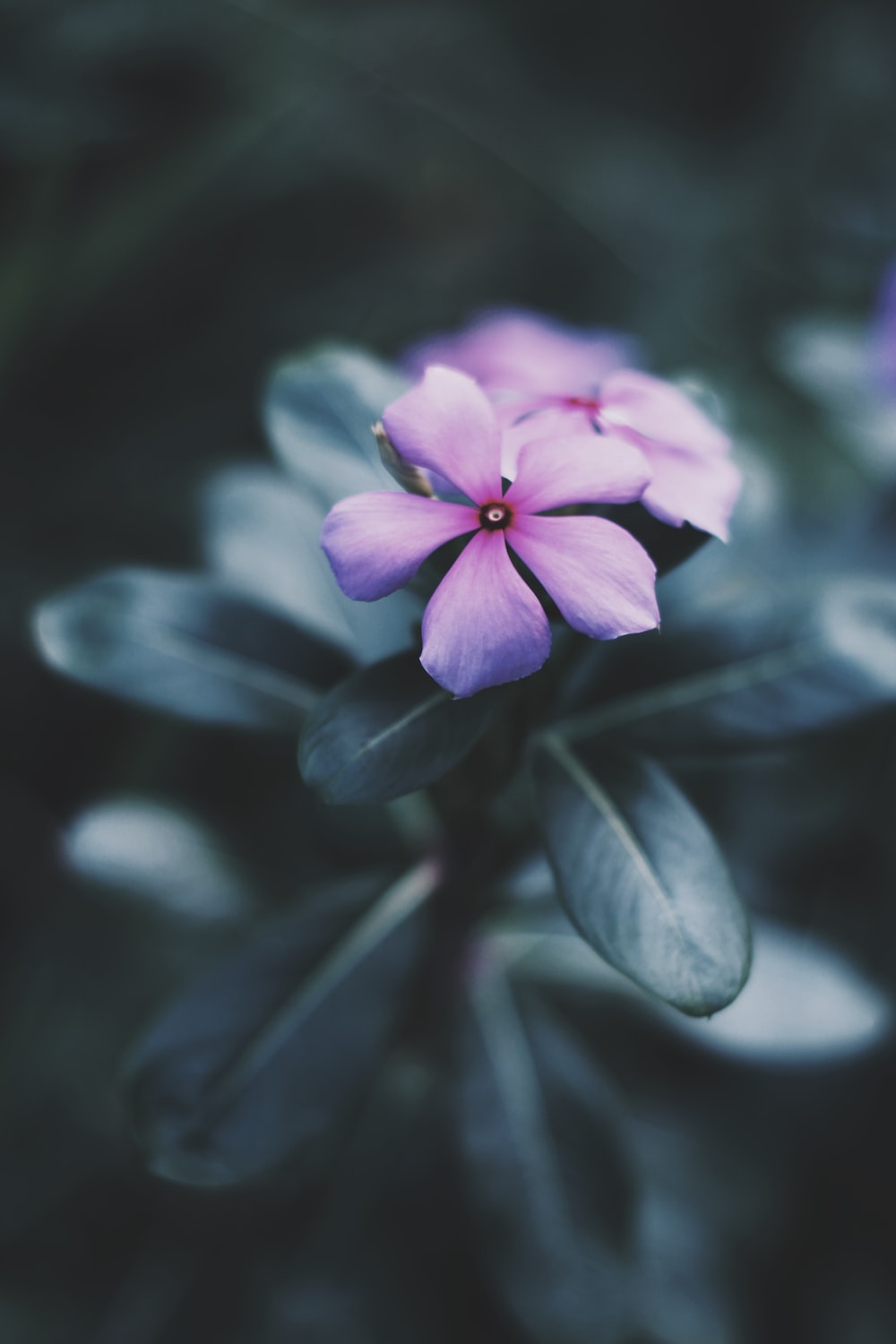Growing plums successfully requires careful consideration of the best planting times. For optimal results, it is recommended to plant plums in the early spring. This allows the tree to become established and prepared for the growth cycle ahead. When planting, be sure to provide plenty of space between each tree so that they can grow without crowding one another. Additionally, keep soil well-drained and feed with organic fertilizer.
The best time to plant a plum tree is in the late winter or early spring. This allows for the tree to establish itself before the summer heat arrives. To ensure success, be sure to choose a location that has good soil drainage and full sun. To prepare the soil, amend it with compost and a balanced fertilizer. Plant the tree at the same depth it was in its pot, and water thoroughly after planting. For optimal growth, prune young trees in the fall and provide supplemental irrigation during dry periods.
Ideal Climate for Planting Plum Trees
Plum trees require a climate with mild winters and warm summers to thrive. The ideal temperature range is between 45 and 75 degrees Fahrenheit. Areas that experience cold temperatures in the winter should avoid planting plum trees. The trees also prefer moist soils with good drainage. Plum trees should be planted in full sun for optimal growth and production. Proper care and maintenance will help ensure healthy and abundant harvests.
Plums can be a rewarding addition to any landscape, providing color and delicious fruit. With the right climate, soil, and care, you can enjoy the beauty and bounty of these wonderful trees.
Soil Requirements for Planting Plum Trees

Plum trees are a great addition to any garden and require well-draining soil with a pH level of 6.0-7.0. Incorporate plenty of organic matter into the soil when planting the plum tree, such as compost or aged manure, to help retain moisture and supply essential nutrients. Be sure to water the tree consistently throughout its growing season, but avoid overwatering.
With the right soil requirements and proper care, a plum tree can produce large volumes of delicious plums for many years.
When to Prune Plum Trees
Pruning plum trees is an important part of keeping them healthy and producing abundant fruit. Timing is key when it comes to pruning, as the best time to prune a plum tree is typically during the late winter or early spring before new growth begins. Pruning should remove dead, damaged, and diseased branches, as well as thinning out overly dense branches to improve air circulation. Proper pruning will help your plum tree remain healthy and productive for years to come.
For more information on when to prune plum trees, contact your local arborist.
Happy pruning!
Best Time for Fertilizing Plum Trees
 Plum trees are best fertilized in late winter or early spring, when the soil is still cool and moist. This allows the fertilizer to be absorbed into the roots of the tree before the growth period begins. For optimal results, apply a balanced fertilizer with a high nitrogen content. Avoid fertilizing during the summer months, when the plum tree is more susceptible to burning and wilting.
Plum trees are best fertilized in late winter or early spring, when the soil is still cool and moist. This allows the fertilizer to be absorbed into the roots of the tree before the growth period begins. For optimal results, apply a balanced fertilizer with a high nitrogen content. Avoid fertilizing during the summer months, when the plum tree is more susceptible to burning and wilting.
Sunlight Requirements for Plum Trees
Plum trees require full sun for healthy growth and fruit production. At least six hours of direct sunlight per day is optimal for the best yield. Plums thrive in well-drained soil, and need to be protected from strong winds. For best results, ensure that the tree has plenty of space to spread its branches while keeping it away from other large trees.
Watering Requirements for Plum Trees

Plum trees need regular watering to keep the soil moist but not soggy. To avoid over-watering, it is important to check the soil before watering; if it is still damp, no additional water is needed. During the summer months, plum trees should be watered two to three times per week. In dryer climates, more frequent watering may be necessary. Additionally, during hot, dry weather, mulching the base of the tree can help reduce water loss and promote healthy growth.
Pest and Disease Control for Plum Trees
Pest and disease management for plum trees is essential to ensure healthy, productive trees. Pruning and cultural practices like thinning of fruit, mulching and monitoring of pest levels can help reduce pest and disease problems. Biological controls such as beneficial insects and predatory mites can also be used to manage pests and diseases. Chemical treatments should be used as a last resort, and only after careful consideration of the potential risks to beneficial species and human health.
It is important to inspect plum trees regularly and take action quickly if disease or pest infestations are detected. Proper sanitation and removal of affected plant parts can reduce the spread of pest and disease problems.
Regular monitoring and preventive measures are key to successful pest and disease control for plum trees.
Harvesting and Storing Plums

Plums are juicy, succulent fruits that make a delicious addition to any meal. Harvesting plums is easy and can be done by hand or with the use of a mechanical harvester. Once harvested, plums should be stored in a cool, dark place, such as a root cellar or in the refrigerator. Plums can also be canned or frozen for long-term storage.
Enjoy the sweet taste of plums year-round by harvesting and storing them properly.
Discover the joys of fresh, homemade plum recipes and preserving your own plums!
